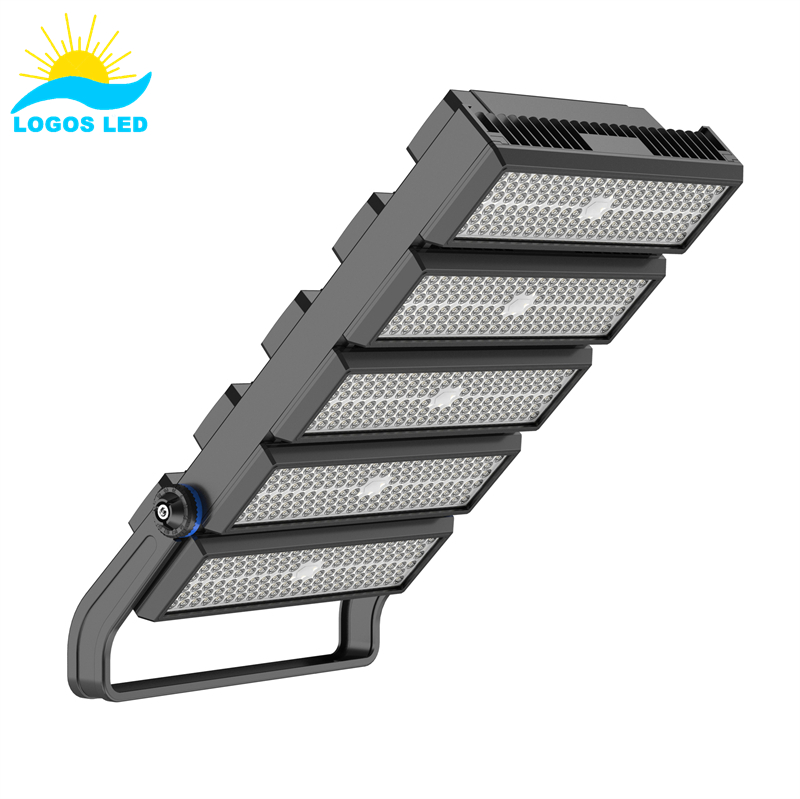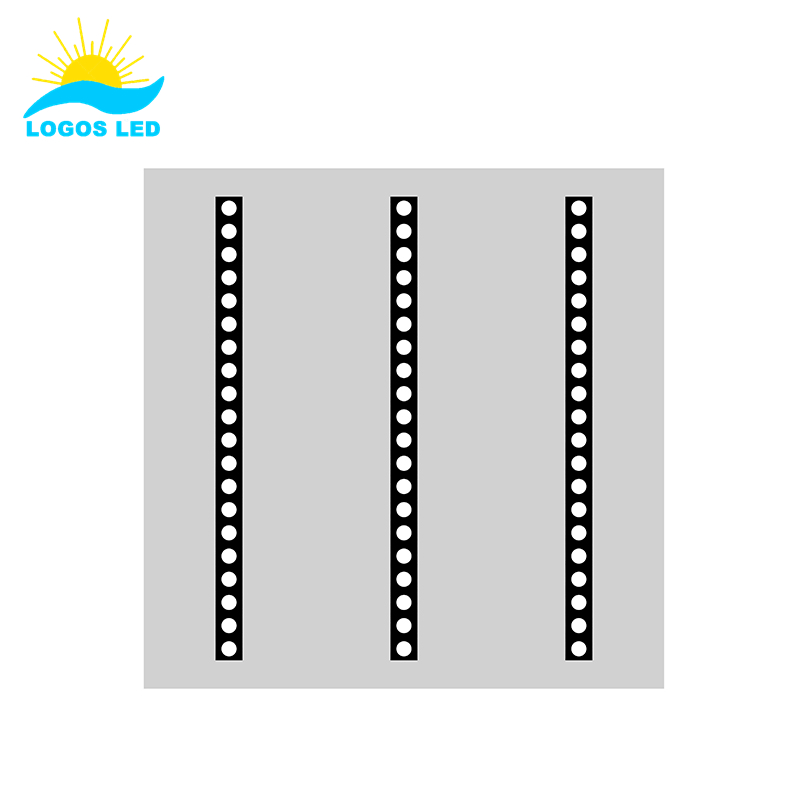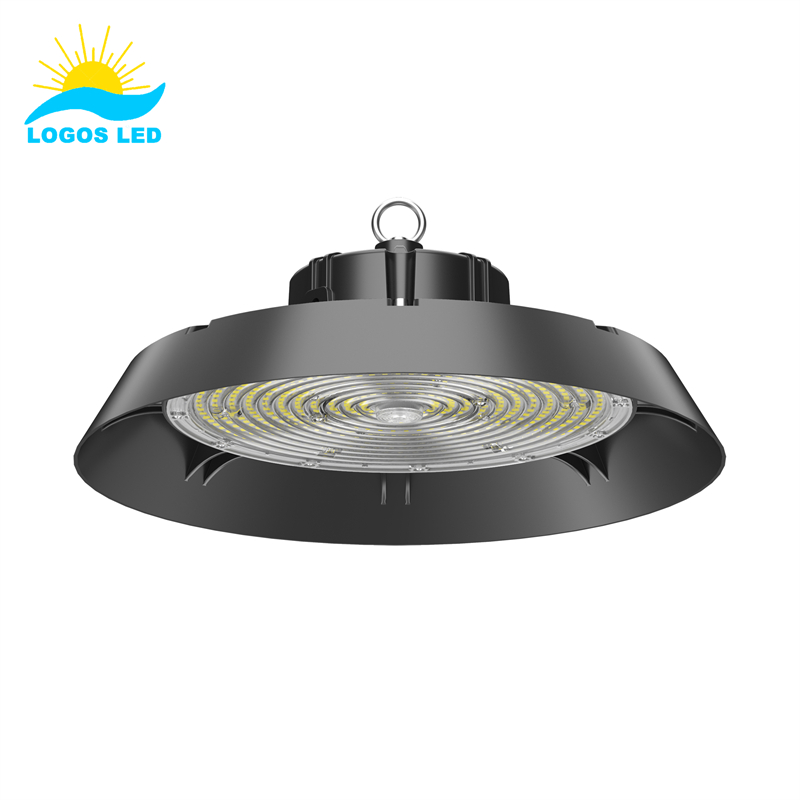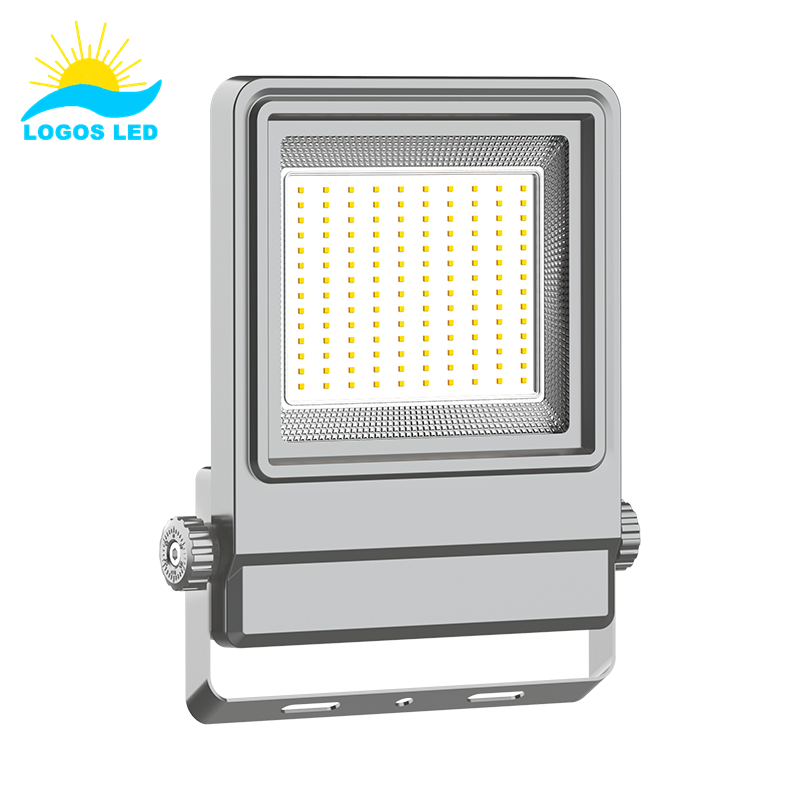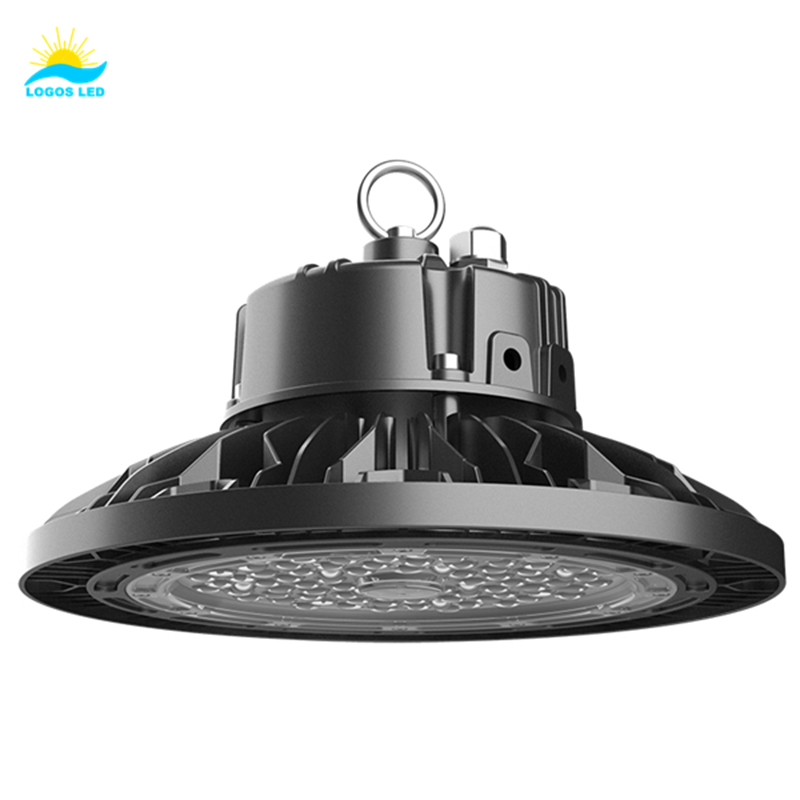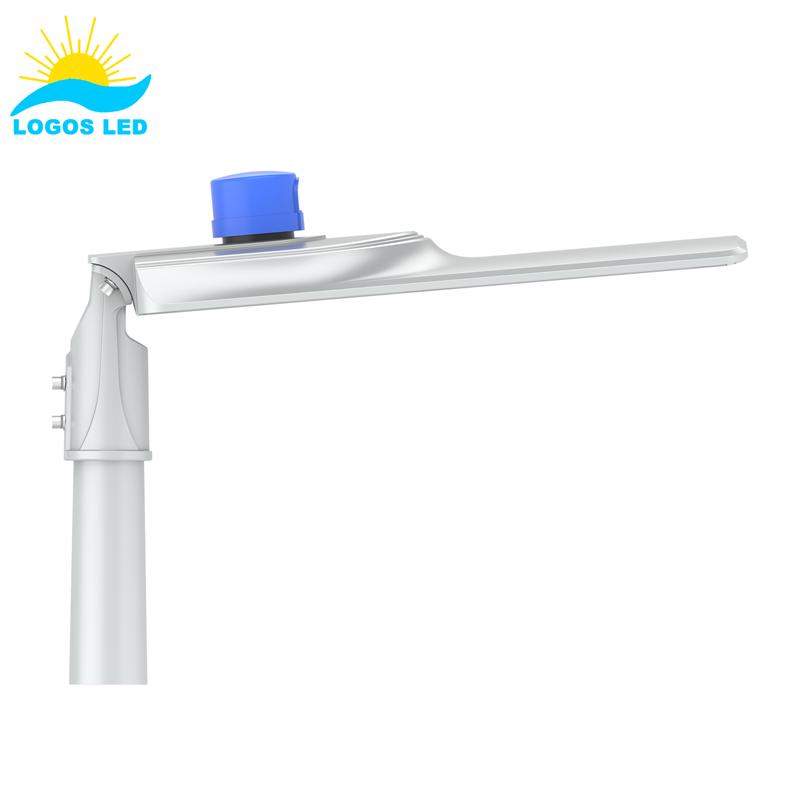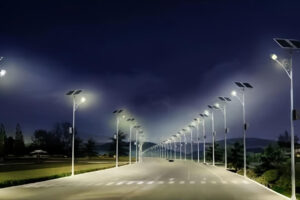Outdoor waterproof LED lighting fixtures need to withstand the scorching sun, wind, rain, thunder, and lightning for a long time, and the cost is relatively high. Because it is difficult to dismantle and repair the exterior wall, it must meet the requirements of long-term stable work. The LED is a delicate semiconductor component. If it gets wet, the chip will absorb moisture and damage the LED, PCB, and other components. Therefore, the LED is suitable for working in dry and low temperatures.
To ensure the long-term stable operation of LEDs in harsh outdoor conditions, the waterproof structure design of lamps is extremely critical. At present, the waterproof technology of lamps is mainly divided into two directions: structural waterproofing and material waterproofing. The so-called structural waterproofing means that after the structural components of the product are combined, it has already possessed the waterproofing function. The material waterproofing is to leave the position of the potting glue to seal the electrical components during product design and use the glue material to achieve waterproofing during assembly. The two waterproof designs are suitable for different product routes, each with its own advantages.
Table of Contents
1. Factors affecting the waterproof performance of LED lamps
1.1 Ultraviolet
Ultraviolet rays have a destructive effect on the wire insulation layer exposed to the lamp, the protective coating of the shell, the plastic parts, the potting glue, the sealing rubber, and the adhesive.
After the wire insulation layer is aged and cracked, water vapor will penetrate into the lamp through the gap of the wire core. After the coating of the lamp shell is aged, the coating on the edge of the shell is cracked or peeled, and a gap will appear. After the plastic shell ages, it will deform and crack. The aging of the electronic potting colloid will cause cracking. Sealing rubber ring rubber strip aging deformation, there will be gaps. The adhesive glue between structural parts is aging, and there will be gaps after reducing the adhesive force. These are the damage of ultraviolet light to the waterproof ability of the lamp.
1.2 High and low temperature
The outdoor temperature changes greatly every day. The surface temperature of the lamp can rise to 50 ~ 60 ℃ during the summer day and 10 ~ 20 ℃ at night, and the temperature can drop to minus zero during the winter. Under the high-temperature environment in summer, the materials of outdoor lamps accelerate aging and deformation. When the temperature drops to below zero, the plastic parts become brittle or crack under the pressure of ice and snow.
1.3 Thermal expansion and contraction
Thermal expansion and contraction of the lamp housing: Changes in temperature cause the thermal expansion and contraction of the lamp. Different materials (such as glass and aluminum) have different coefficients of linear expansion, and the two materials will shift at the junction. The process of thermal expansion and contraction is repeated, and the relative displacement is also repeated, which greatly damages the airtightness of the lamp.
The internal air expands and contracts: the water droplets on the glass of underground lamps are often observed on the ground of the square. How do the water droplets penetrate into the lamp filled with potting glue? This is the result of respiration during thermal expansion and contraction.
The physical changes in thermal expansion and contraction make the design of outdoor LED lamps waterproof and airtight become a complicated system engineering. The technical characteristics of the two lamp waterproof systems are analyzed below to understand their advantages and disadvantages.
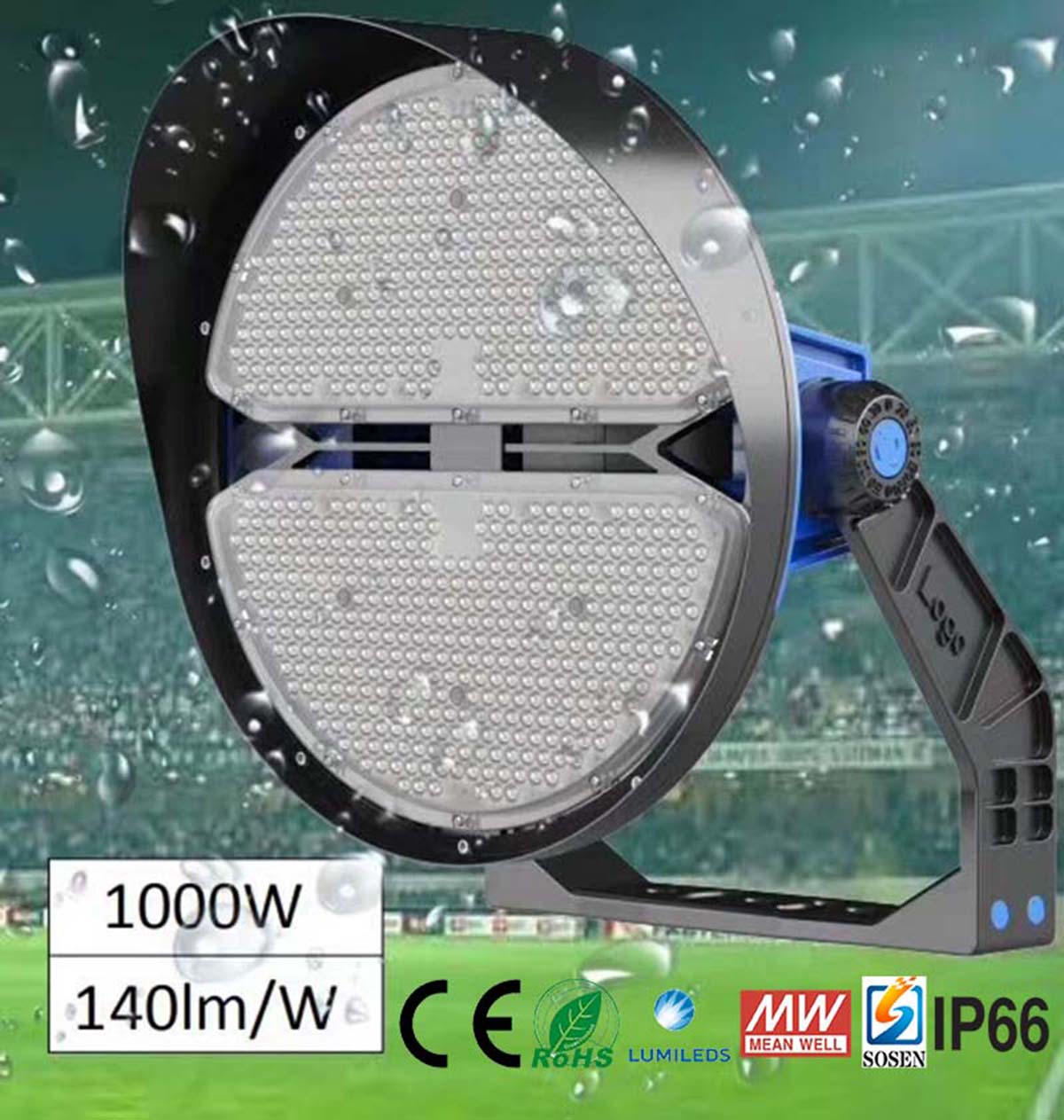
Waterproof LED Stadium Lights
2. About structural waterproofing
Luminaires based on structural waterproof design need to be closely matched with silicone seals for waterproofing. The shell structure is more precise and complex. It is usually suitable for large-sized lamps, such as strip floodlights, square and round floodlights, etc. Lamps.
Structural waterproof LED lamps are only assembled with purely mechanical structures. The tools are simple, the assembly procedures and processes are few, the assembly cycle is short, and the repair on the production line is convenient and fast. The lamps and lanterns pass the electrical performance and waterproof test and can be packaged and shipped. It is suitable for engineering projects with short supply cycles.
However, the mechanical processing requirements of the structural waterproof design lamps are relatively high, and the size of each component must be precisely matched. Only suitable materials and constructions can guarantee their waterproof performance. The following points should be noted.
2.1 Silicone waterproof ring
Designing silicone waterproof rings, choosing materials with suitable hardness, and designing appropriate pressure, and cross-sectional shape is also very critical. The cable entry line is a water seepage channel, and you need to choose a waterproof wire. The use of a strong cable waterproof fixed head can prevent water vapor from penetrating through the gap of the cable core, but only if the wire insulation layer is not squeezed by the waterproof fixed head for a long time Aging does not crack.
2.2 Thermal expansion and contraction
At room temperature, the linear expansion coefficient of glass is about 7.2 × 10-6 m / (m · K), and that of aluminum alloy is about 23.2 × 10-6 m / (m · K), the difference between the two is quite large. Careful consideration should be given when the external dimensions of the lamps are large. Assuming that the length of the lamp is 1 000 mm, the temperature of the housing is 60 ℃ during the day, the temperature drops to 10 ℃ during rain or night, and the temperature drops by 50 ℃, the glass, and aluminum profiles will shrink by 0.36 mm and 1.16 mm, and the relative displacement is 0.8 mm The components are repeatedly pulled during the repeated displacement process, which affects the air tightness.
2.3 Respirator
Many medium and high-power outdoor LED lamps can be installed with waterproof and breathable valves (respirators). The waterproof and breathable function of the molecular sieve in the respirator is used to balance the internal and external air pressure of the lamp, eliminate negative pressure, prevent inhalation of water vapor, and ensure the interior of the lamp is dry. This economical and effective waterproof device can improve the waterproof capability of the original structural design. But the respirator is not suitable for buried lamps, underwater lamps and other lamps that are often soaked in water.
The long-term stability of the lamp structure waterproof is closely related to its design, the performance of the selected materials, processing accuracy, assembly technology, etc. If the weak link is deformed and seeps, it will cause irreversible damage to the LED and electronic devices, and this situation is difficult to predict during the factory inspection process and has a sudden nature. Therefore, to improve the reliability of structural waterproof lamps, it is necessary to continue to improve the waterproof technology.
3. About material waterproofing
The lamps and lanterns designed with waterproof materials are filled with potting glue to insulate and waterproof, and the joints between the structural parts are sealed with sealing glue to make the electrical components completely airtight and achieve the waterproof effect of outdoor lamps.
3.1 Potting glue
With the development of waterproof material technology, various types and brands of special potting adhesives for lamps have emerged, for example, modified epoxy resin, modified polyurethane resin, modified organic silicone, etc. Different chemical formulas have different physical and chemical performance indexes such as elasticity, molecular structure stability, adhesion, UV resistance, heat resistance, low-temperature resistance, water repellency, and insulation properties of the potting compound.
Elasticity: The colloid is soft and the modulus of elasticity is small, so the adaptability is better. Among them, the elastic modulus of modified organic silica gel is the smallest.
Molecular structure stability: Under the long-term effect of UV, air and high and low temperature, the chemical structure of the material is stable, without aging and cracking. Among them, modified organic silica gel is the most stable.
Adhesion: strong adhesion is not easy to peel, of which the modified epoxy resin has the strongest adhesion, but the chemical structure stability is poor, easy to age, and cracking.
Hydrophobicity: indicates the ability of the colloid to resist water penetration. Among them, the modified organic silica gel has better hydrophobicity.
Insulation: Insulation is related to product safety indicators. Special potting glues for the above materials are good.
From the comprehensive view of the above physical and chemical properties, modified silicone materials perform best.
3.2 Sealant
The sealant is usually a tubular package, suitable for glue construction, and is generally used for the bonding and sealing of the indirect seams of wire ends and shell structural parts. The commonly used single-component formula reacts with water vapor at room temperature and naturally solidifies.
Special attention: Some lamp manufacturers use building-neutral curtain wall glue instead of professional electronic sealant, which is easy to decompose harmful substances and damage lamps.
Some types of potting glue and sealant will decompose a small amount of chemical liquid or gas during the solidification process, such as the colloidal decomposition products next to the lamp bead damage the lamp bead phosphor, resulting in color temperature drift, or infringement of the LED chip, or Decompose substances that chemically react with transparent PC plastics, destroy the structure of the PC, etc. This is a potential hazard in the application of colloids. It is necessary to fully understand the chemical and physical properties of the colloid manufacturer when designing, testing, and verifying.
The sealant is most affected by thermal expansion and contraction in the bonding and sealing of the lamp housing structure, especially for large lamps and lanterns. The linear expansion coefficients of different materials vary greatly, and the thermal expansion and contraction are constantly pulled, which is prone to cracks. Therefore, the waterproof capability of the material waterproof design mainly depends on the circuit board potting.
The production process for the waterproofing of materials is long. One grouting cycle takes 24 hours. Some products are more complex in design and even require 2 to 3 grouting cycles, which results in a long delivery cycle, which occupies a lot of production space and the production environment. Dirty. It is troublesome to repair the product after the colloid is solidified.
The structural design of the material waterproof LED lamp does not need to be too precise, as long as the design reserves a gel potting area, the liquid does not leak, and its waterproof performance is very intuitive. Therefore, the material waterproof process is more suitable for small outdoor lamps and indoor moisture-proof lamps. Usually used in a large number of low-end and cheap male mold products. Such as soft light strips, small strip lights, underground lights, and other small lamps.
Conclusions
Regardless of whether the structure is waterproof or the material is waterproof, for the long-term stability and low failure rate of outdoor lamps, a single waterproof design is difficult to achieve extremely high reliability, and the potential hidden danger of water leakage still exists. Therefore, in the design of high-end outdoor waterproof LED lamps, it is recommended to use waterproof technology flexibly to combine the advantages of structural waterproofing and material waterproofing technology, and to avoid weaknesses to ensure the long-term stable operation of LED circuits. If the material is waterproof, a respirator can be added to eliminate negative pressure. For structural waterproof design, we can also consider adding potting and double waterproof protection to improve the long-term stability of outdoor lamps and reduce the rate of moisture failure.
If you have any questions about the waterproof LED lighting fixtures, welcome to contact us directly.
Request A Free Quote Now!
Send us a message if you have any questions or request a quote. We will get back to you ASAP!





